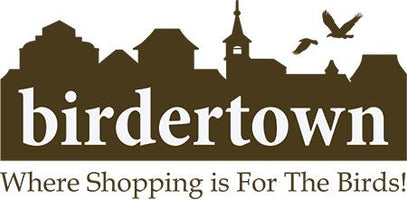
A Complete Guide to Attracting Warblers to Your Backyard
When you think of your favorite bird, a warbler may not be at the top of the list. However, many people adore these birds for their variety of colorful plumage, curious characteristics, and cheerful voices. A fun aspect of these birds is their intricate nests, some of which are partly constructed using spiderwebs.
There are a wide variety of different species of warbler. You will find 53 in North America alone. The most popular is typically the yellow warbler. This beautiful bird has a range throughout almost the entirety of North America except the far northern portion of Canada and Greenland. You can also find the golden-winged warbler in the eastern United States and the black-and-white warbler throughout all but the westernmost states and provinces. Here are your top tips if you hope to see more of these birds.
Cultivate an Insect Paradise
Making your yard a popular area for insects may not sound ideal; however, insects serve as a warbler’s primary food source. Planting flowers, shrubs, and trees that attract insects is a great way to begin luring warblers to your home. Additionally, avoid using insecticides in your yard as this will significantly decrease their food source, making them turn elsewhere to look.


There are some other foods that warblers may eat. Mealworms are the most obvious choices; however, they also like jelly, orange slices, and suet. However, attracting them with these will likely be very hard for a few reasons. As skittish birds, they probably won’t dine at a feeder with other birds. Additionally, that preference for insects is extreme.
Attract Chickadees
Many backyard birders find that attracting chickadees to their backyard is an easier way to attract warblers than other methods. This may sound odd; however, these two species have a powerful relationship with one another.
Chickadees will happily accept all species of warblers into their flocks when migrating. Thus, chickadees may arrive in your backyard with some warblers in tow. Warblers know their friends will lead them to food, water, and shelter. Thus, this can be a great way to catch sight of a few birds.

Get Water That Makes Noise!
While water in motion is attractive to most species of birds, it is beautiful for warblers. In fact, this is one of the strategies with this best success when it comes to attracting these birds to your backyard. Getting a bird bath with a fountain or other type of water feature is perfect for generating excitement for warblers.
The location where you place your bird bath is important as well. Consider putting it in a rather secluded area with lots of protection from predators. Setting it by the side of fairly dense foliage is probably your best chance at getting them to investigate.
Make a Sanctuary for These Shy Birds
If you love birds as much as we do, you likely have several different species that you are hoping to attract. This is great for many species; however, can be a bit difficult with warblers because they tend to be fairly shy birds. Thus, it can help to make a warbler-friendly area of your yard.
Ideally, the best area for warblers is one that is a bit secluded and calm. Pick a corner of your yard in an area with low traffic. Ideally, dense shrubs or deciduous trees are ideal. Landscaping in thickets with multiple foraging areas is preferable. Use an area that is not trafficked by people or pets and away from feeders designated for other birds.
Get All Your Birdwatching Needs at Birdertown!
Birdertown is the place where shopping is for the birds! You’ll find anything and everything from bluebird feeders or hummingbird food to gift items and décor. Be sure to check out our online store to find all you need and more! Our team of dedicated professionals are happy to ensure you have the best products and advice available!
